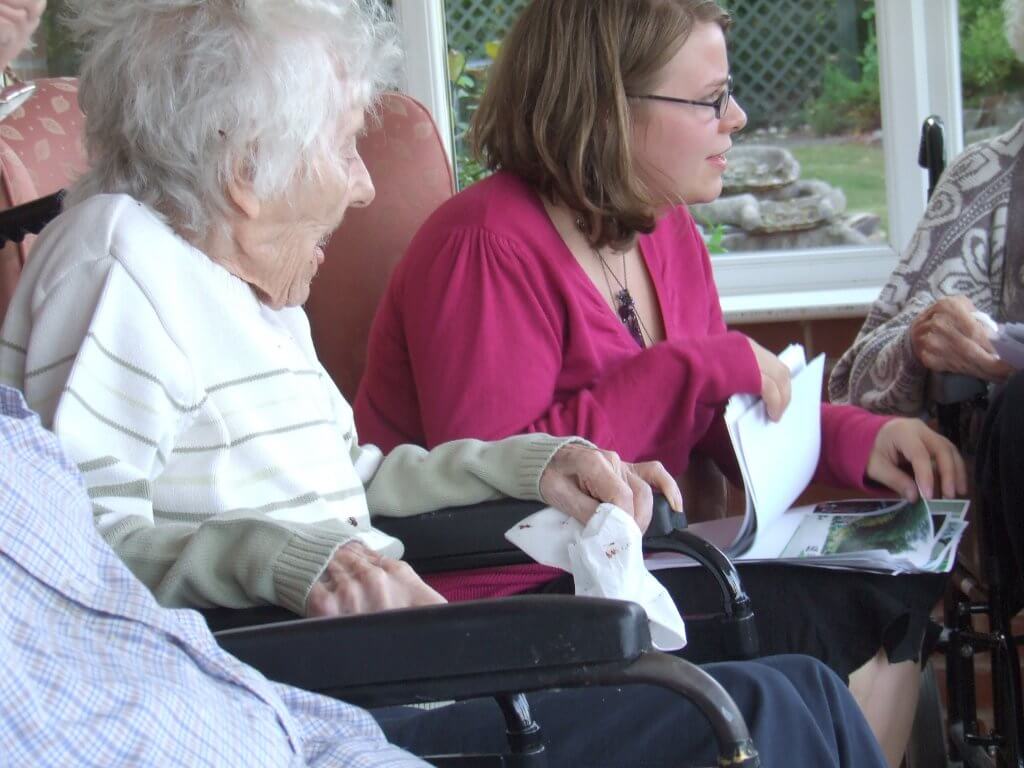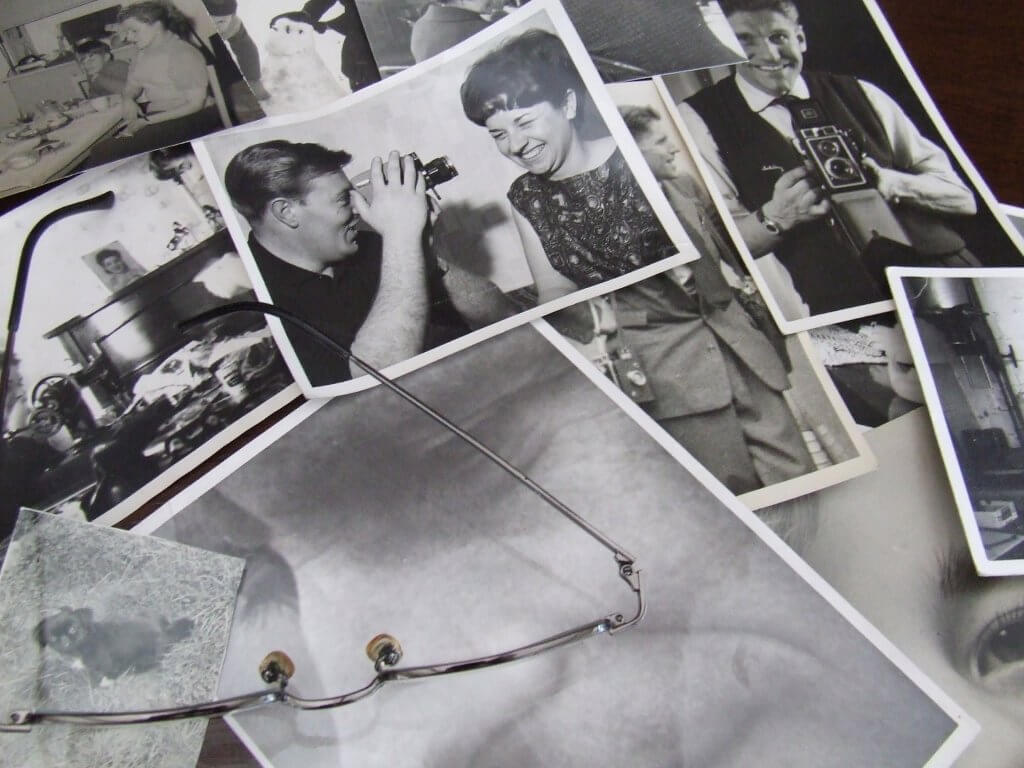Project team: Claire Craig
Funded by: Royal College of Occupational Therapists, Higher Education Academy
This enquiry examined the potential of photography as a method in care home research.
Strand one of the research utilised ethnography to build understanding of the broader cultural and organizational factors associated with photography in the 3 care homes studied. In strand two older people were invited to take photographs of their day-to-day experiences of living in the home. The themes were analysed using an interpretative phenomenological method. The themes identified through this analysis were then embodied in a series of photographs and these formed the basis of a further interview with participants.

Through this method older people participating in the study were able to describe the multiple transitions they faced and the challenges of simultaneously navigating this new environment whilst also making sense of the ‘alien’ body they now inhabited. A number of key findings relating to how the design of these environments contributes to quality of life were made. This work has informed a national resource for older people living in care homes.

 to top
to top
